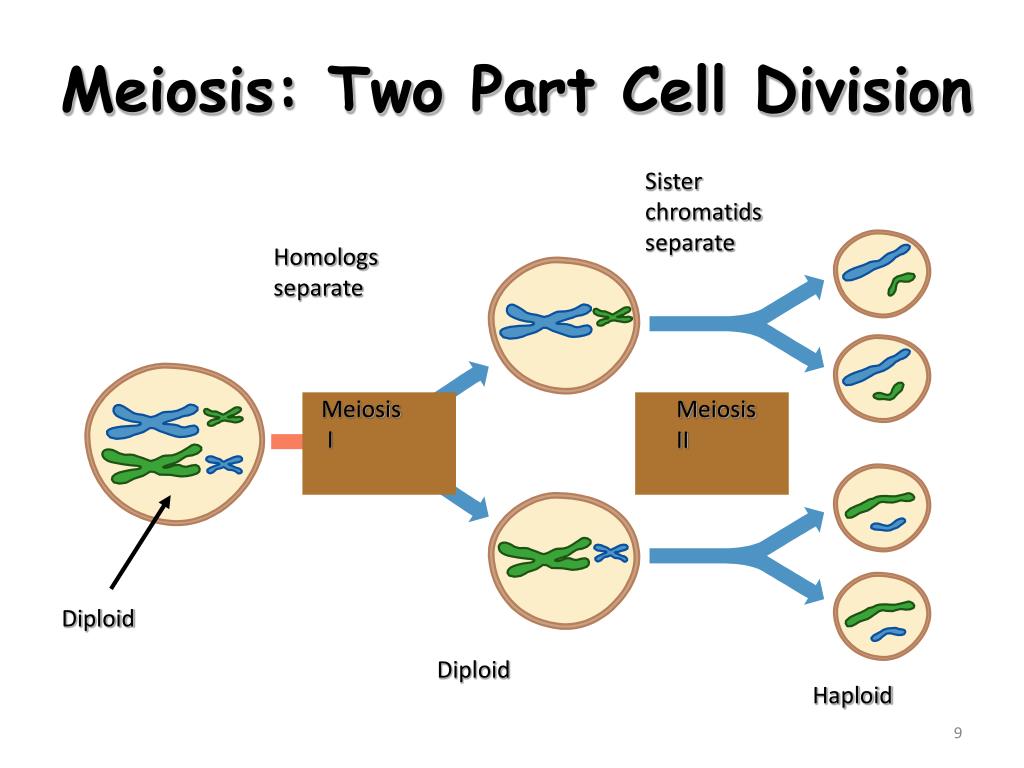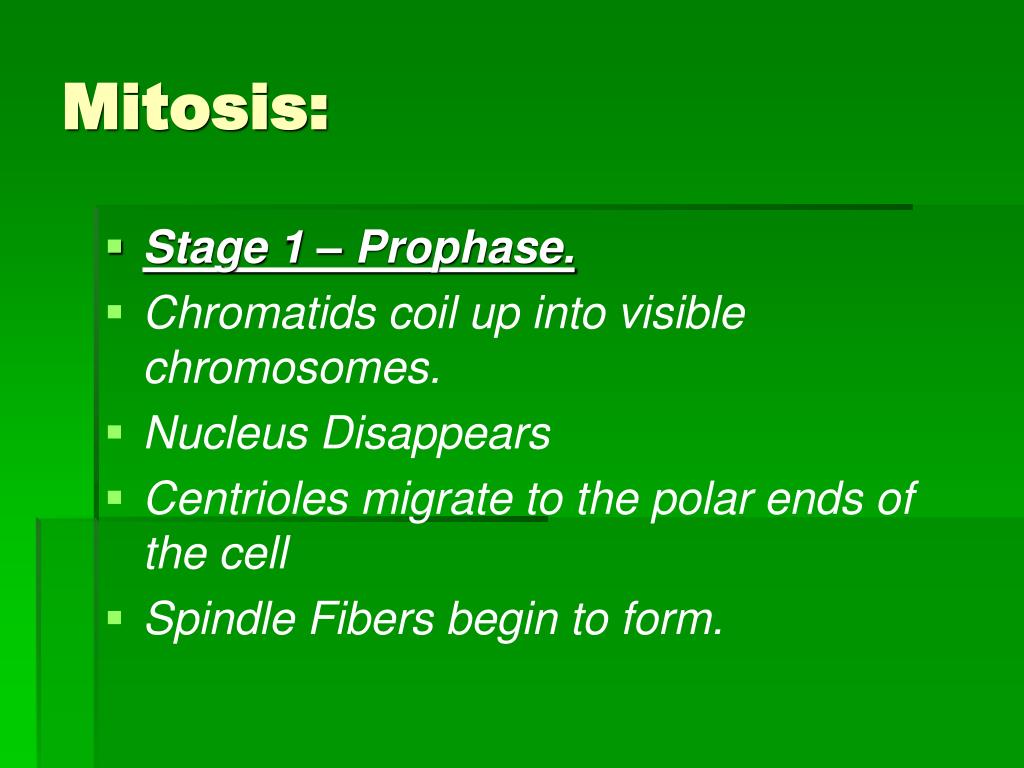

Some creatures, such as birds, insects and reptiles, then lay an egg containing the cells, which are undergoing mitosis, and a reserve of yolk to feed and support growth of the embryo. The next step in internal fertilization depends on the species. However there are exceptionally rare examples, such as seahorses (Sygnathidae), where the female implants her eggs into the male and the zygote is formed within the male’s body. Internal fertilization usually takes place within the female body, after the male implants sperm. Internal fertilization is the fertilization of the egg by the sperm within the body of one of the parents, usually by means of sexual intercourse. Nonetheless, the desire to mate is strong and so these characteristics persist and increase within populations. For example, bright colors that attract females may also attract predators. Often these sexually selected characteristics can conflict with the survival ability of the animals. As the females are usually responsible for protecting the offspring after birth, they are often camouflaged with dull colors, comparative to males, which often display bright colors and exaggerated body parts (such as large horns or antlers). Sexual selection also leads to sexual dimorphism, whereby males and females of the same species differ greatly in appearance. The choices given to sexually reproductive species causes competition between individuals and means that usually only those individuals who display desired traits are able to pass on their genes. The genetic and phenotypic diversity produced by sexual reproduction allows individuals to choose mates based on best display of these characteristics. It is therefore in each individual’s best interests to find a mate with qualities such as good health, aggression, speed and agility to survive fights, and qualities that will help the offspring attract future mates. Mitosis is the division of one cell into two, after the DNA has been replicated within the nucleus.īecause genes of individuals are passed down through sexual reproduction, and survival of genes is controlled by natural selection, individuals are driven to choose mates based on their ability to produce offspring likely to survive and live to reproduce themselves. The two haploid cells fuse together to create a diploid cell which then undergoes mitosis, in order to grow and form an individual organism. Both egg and sperm are cells specialized to perform the task of reproduction each sex cell contains only 23 chromosomes (these are called haploid cells) rather than the normal 46 chromosomes present in other cells of the body. The female gamete is usually in the form of an egg or ovum while the male gamete takes the form of a sperm. Types of Sexual Reproduction AllogamyĪllogamy occurs when the gametes which join together during fertilization come from two different individuals. Asexual reproduction does occur in some animals, although it is rare most asexual reproduction occurs in bacteria, fungi, starfish, corals, hydras (jellyfish) and some flowering plants such as strawberries. In asexual reproduction, unlike sexual reproduction, there is no fusion of gametes, so the offspring are genetically identical to their parents and are therefore clones. Sexual reproduction differs from asexual reproduction, which only requires one parent. Sexual reproduction increases the diversity of genotypes and phenotypes within a population, allowing natural selection to select for the individuals best suited to an environment. Natural selection, whereby individuals with favorable adaptions to their environment are able to survive and successfully reproduce, drives the evolution process. Phenotype traits, such as physical adaptions to an organism’s environment and genotype traits, such as resistance to disease, are passed down from each parent during sexual reproduction.

The combination of these chromosomes produces an offspring that is similar to both its mother and father but is not identical to either. In humans, a zygote contains 46 chromosomes: 23 from its mother and 23 from its father. During sexual reproduction the two gametes join together in a fusion process known as fertilization, to create a zygote, which is the precursor to an embryo offspring, taking half of its DNA from each of its parents. In males, these gametes are called sperm and in females the gametes are called eggs. The genetic information is carried on chromosomes within the nucleus of specialized sex cells called gametes. Sexual reproduction is the process in which new organisms are created, by combining the genetic information from two individuals of different sexes.


 0 kommentar(er)
0 kommentar(er)
